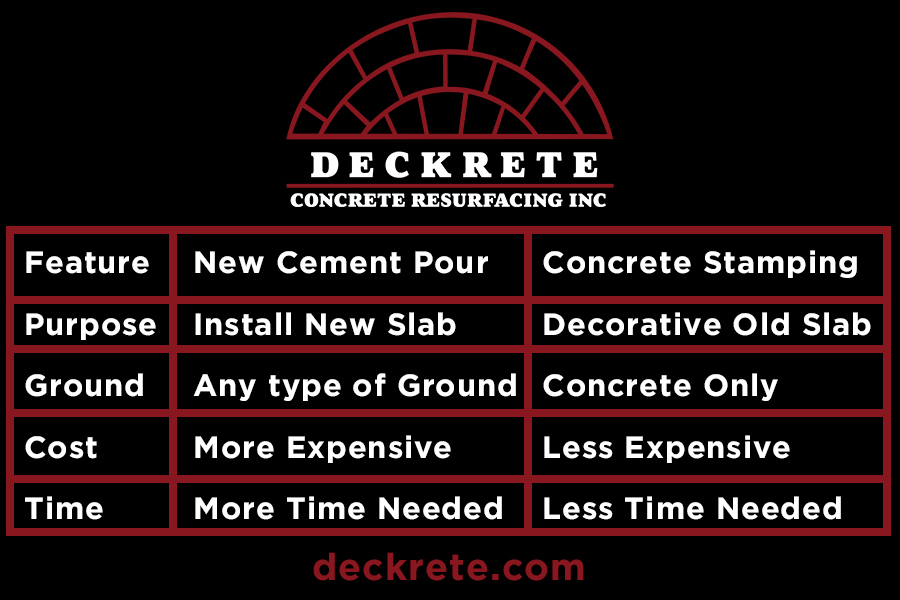Concrete is one of the most durable materials used in construction, but it can still crack over time due to age, weather, and wear and tear. Cracks in concrete can be unsightly and can also lead to more serious problems, such as water damage and foundation problems.
Crack repair and concrete resurfacing are two affordable ways to improve the aesthetics and functionality of concrete surfaces. Crack repair involves filling in cracks with a concrete sealant or epoxy to prevent them from widening and causing further damage. Concrete resurfacing is the process of adding a new layer of concrete over an existing concrete surface. This can be done to repair cracks and other damage or to simply improve the appearance of the concrete.
Both crack repair and concrete resurfacing can have a significant impact on the aesthetics and value of your home. A well-maintained concrete driveway, patio, or walkway can add to the curb appeal of your home and make it more attractive to potential buyers.
4 Value Propositions for Homeowners Include
Here are some of the benefits of crack repair and concrete resurfacing for homeowners:
- Improved aesthetics: Cracks and other damage to concrete can make your home look rundown and neglected. Crack repair and concrete resurfacing can restore the appearance of your concrete surfaces and make your home look more attractive.
- Increased property value: Studies have shown that homes with well-maintained concrete surfaces sell for a higher price than homes with damaged concrete. Crack repair and concrete resurfacing can be a wise investment that pays off in the long run.
- Reduced maintenance costs: Concrete surfaces that are properly maintained require less maintenance over time. Crack repair and concrete resurfacing can help extend your concrete surfaces’ lifespan and save you money on maintenance costs in the long run.
- Improved safety: Cracked concrete can be a tripping hazard, especially for the elderly and young children. Crack repair and concrete resurfacing can help to make your concrete surfaces safer for everyone to use.
Get Professional Help to Resurface or Repair Your Concrete
If you have cracks or other damage to the concrete surfaces on your property, consider hiring a professional crack repair and concrete resurfacing contractor. A professional contractor will be able to assess the damage and recommend the best course of action to repair and protect your concrete surfaces.
Crack repair and concrete resurfacing can be a great way to improve the aesthetics and value of your home. By hiring a professional contractor, you can ensure that the job is done right and that your concrete surfaces are protected for years to come. Of course, we recommend you hire us here at Deckrete Concrete Resurfacing to do the work for you.
The Danger of Doing It Yourself
There are a number of dangers associated with doing concrete repair yourself as a homeowner, including:
- Injury: Concrete is a heavy and dense material, and working with it can be dangerous if you are not careful. You could injure yourself by lifting heavy bags of concrete mix, or you could trip and fall on wet concrete.
- Improper repair: If you do not repair concrete properly, it could lead to further damage down the road. For example, if you do not fill a crack deep enough, it could widen and cause the concrete to break.
- Water damage: If concrete is not properly sealed, it can absorb water. This can lead to water damage to your home’s foundation and other structures.
- Mold and mildew growth: Concrete that is damp or wet can provide a breeding ground for mold and mildew. This can lead to health problems for you and your family.
In addition to these dangers, there are also a number of challenges associated with doing concrete repairs yourself. Concrete is a complex material, and it takes time and experience to learn how to repair it properly. You will also need to have the right tools and equipment for the job.
New Cement Pour
A new cement pour is the process of installing a new concrete slab. This can be done to replace an existing slab or to create a new patio, driveway, or other concrete surface.
To pour a new concrete slab, the first step is to prepare the site. This involves removing any existing concrete or other materials and leveling the ground. Once the site is prepared, a form is built to contain the wet concrete.
The concrete is then mixed and poured into the form. The concrete is then smoothed and finished, and allowed to cure.
Concrete Stamping
Concrete stamping is a process that is used to create decorative patterns and textures on concrete surfaces. This can be done on new concrete or on existing concrete.
To stamp concrete, a stamp is pressed into the wet concrete. The stamp can be made of a variety of materials, including rubber, metal, or plastic. The stamp can be used to create a variety of patterns, such as brick, stone, or wood.
Once the concrete has been stamped, it is finished and allowed to cure.
Differences Between New Cement Pour and Concrete Stamping
The main difference between a new cement pour and concrete stamping is that a new cement pour creates a new concrete slab, while concrete stamping is a process that is used to add decorative patterns and textures to concrete surfaces.
Another difference is that a new cement pour can be done on any type of ground, while concrete stamping can only be done on concrete surfaces.
Finally, a new cement pour is a more expensive and time-consuming process than concrete stamping.
Here is a table that summarizes the key differences between new cement pour and concrete stamping:

Which option is right for you will depend on your specific needs and budget. If you need a new concrete slab, then a new cement pour is the only option. However, if you want to add decorative patterns and textures to your existing concrete, then concrete stamping is a more affordable and less time-consuming option that we at Deckrete would love to assist you with here in the Inland Empire of Southern California.
